Fats are essential for a healthy body and healthy brain. They are a main energy source for the body. Consuming quality fats daily is critical for brain function, healthy skin and hair, immune function, healthy digestion, body temperature regulation, and aiding in the absorption of fat-soluble vitamins A, D, E, and K.
In part 1 of this article concerning the facts about fat, we focused on saturated fats as one ideal fat source. In this article, we’ll look at 3 other types of fat: monounsaturated, polyunsaturated, and trans fats.
Monounsaturated Fats
Suffering from Diabetes or blood sugar imbalance?
Grab our FREE Diabetes Guide & 7 Day Meal Plan here!
Monounsaturated fats form the core structural fats of the body. Like saturated fats, they are non-toxic even at high doses.
They are also recognized for their positive effects on cardiovascular disease risk markers. Monounsaturated fats have been shown to reduce LDL and triglycerides while increasing HDL. They also help reduce oxidation and inflammation and lower blood pressure.
Good sources of monounsaturated fats include olives, olive oil, avocados, chicken, egg yolk, lard, macadamia nuts, and almonds.
Polyunsaturated Fats
Polyunsaturated fats are broken down into two groups: omega-3 and omega-6 fatty acids. (I will go into detail on these fats in part 3 of this article.)
Polyunsaturated fats play a structural and regulatory role in the body. They form cell membranes, regulate gene expression, and aid in cell function.
While we need both omega-3 and omega-6 fats, it’s important to maintain a healthy balance. Too much omega-6 and too little omega-3 causes inflammation in the body. The Standard American Diet unfortunately contains way too much omega-6 and not enough omega-3.
Foods containing omega-6 fatty acids include avocados, nuts, seeds, and poultry. The amount present in these foods is generally okay as long as you’re consuming adequate omega-3. The problem comes when we consume industrial seed oils, which contain very large amounts of omega-6. Examples of these oils include corn, soy, cottonseed, safflower, sunflower, peanut, and canola oils.
The best sources of omega-3 fatty acids include cold-water fatty fish like salmon, mackerel, sardines, bass, anchovies, and shellfish, like oysters and mussels. Eating 10-20 ounces of these wild-caught fish each week will supply you with a good amount of healthy omega-3 fats.
Trans Fats
When we hear the words “trans fats”, we think of an ingredient that should be avoided at all costs. This is mostly true. However, there are two types of trans fats: natural and artificial.
One example of a natural trans fat is conjugated linoleic, acid. CLA is found in moderate amounts in grass-fed meat and dairy products. It’s found in smaller amounts in grain-fed animal products. CLA is also produced in our bodies from the conversion of other natural trans fats from animal products.
Research has shown that CLA has many beneficial health properties:
- Those who eat higher levels of CLA have a lower risk of heart disease.
- CLA may help prevent and manage Type 2 Diabetes by improving insulin sensitivity.
- CLA reduces the risk of cancer by blocking the growth and spread of tumors and reducing inflammation.
- CLA helps reduce body fat and promote weight loss in people who are overweight or obese.
Ideal sources of natural trans fats are found in dairy and meat from pastured, grass-fed animals. Since CLA is in the fat, the best sources are fattier cuts of meat, butter, bone marrow, whole milk, and full-fat cheeses.
Artificial trans fats are a different story. Their effects on cardiovascular health are very harmful. Artificial trans fats damage the lining of blood vessels, increase the number of LDL particles, reduce HDL, and promote inflammation. They provide no health benefit and can cause significant harm.
Artificial trans fats are found in processed, refined, and fried foods, such as donuts, margarine, chips, cookies, crackers, candy, fast food, and packaged foods (cake mixes, flavored pasta and rice mixes, instant soups, etc). These should be strictly avoided.
In summary:
- Enjoy natural, whole foods containing monounsaturated fats.
- Consume moderate amounts of whole foods containing omega-6 fats.
- Avoid industrial seed oils.
- Consume foods high in omega-3 fats.
- Enjoy foods with natural trans fats.
- Avoid artificial trans fats.
References:
The Paleo Cure, Chris Kresser
Part One | Part Three [author_bio name=”yes” avatar=”yes”]


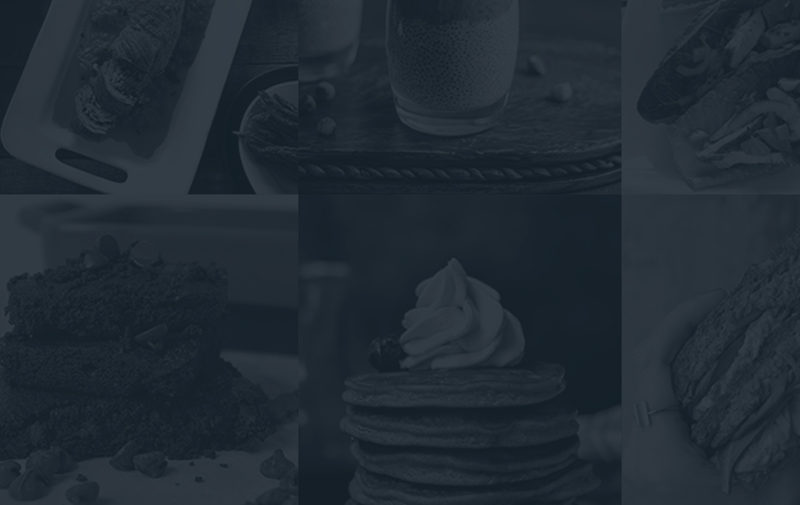
 The Facts About Fat, Part 1
The Facts About Fat, Part 1
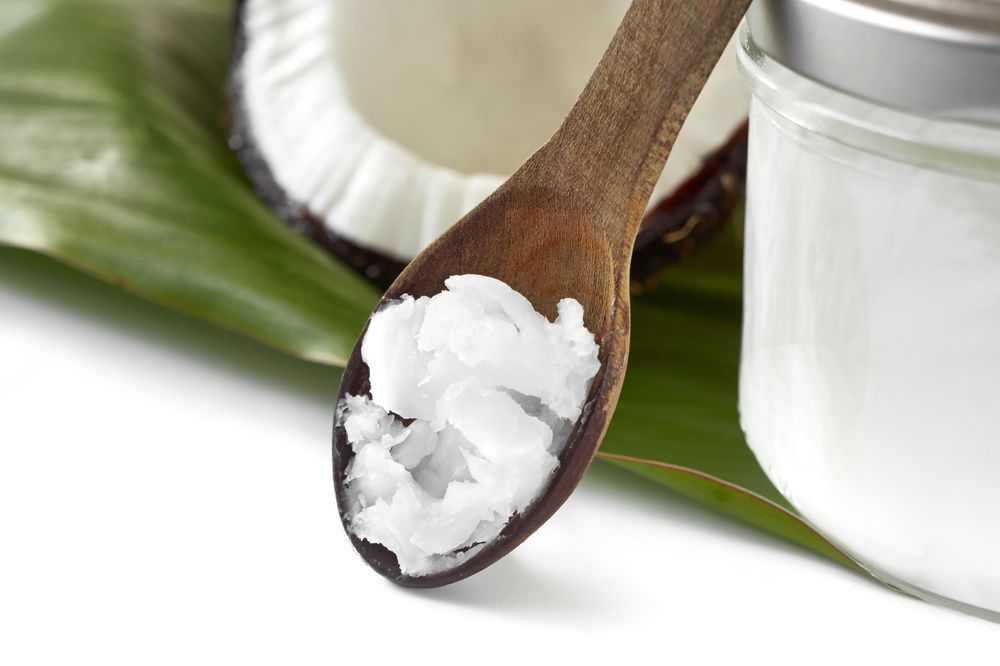
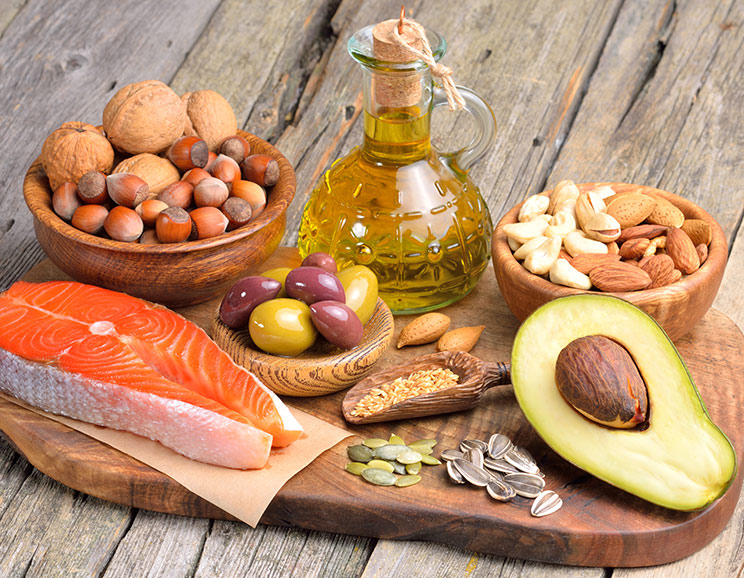
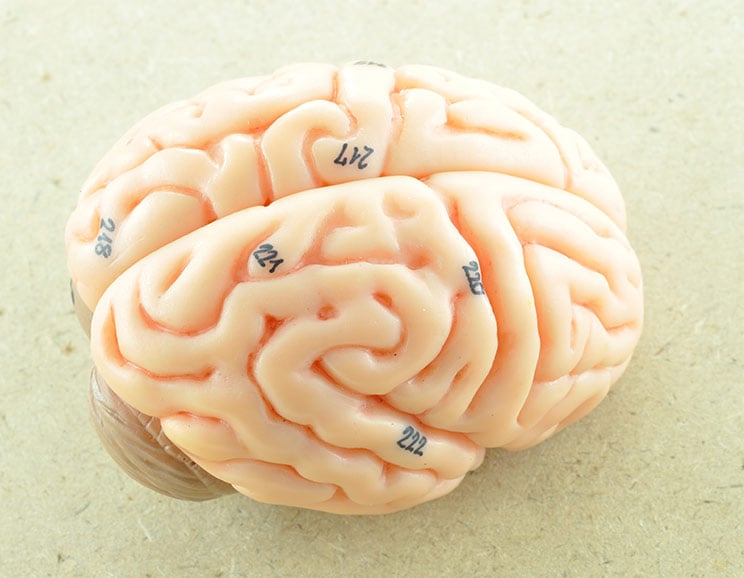
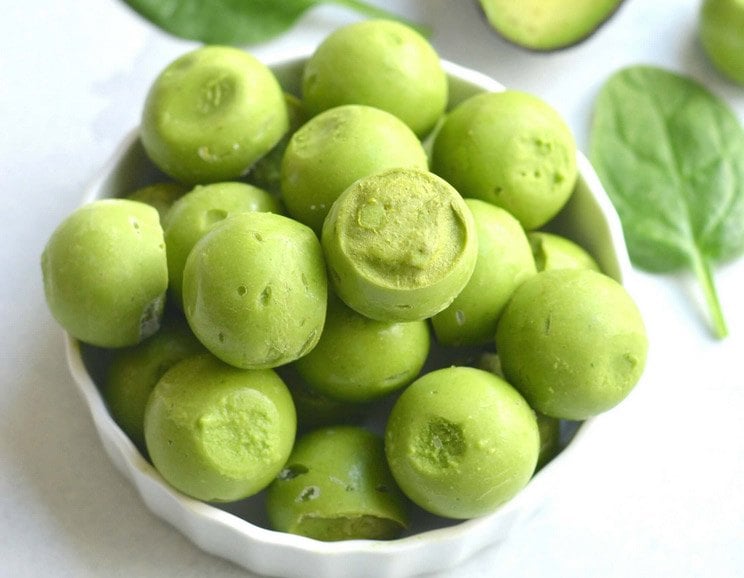
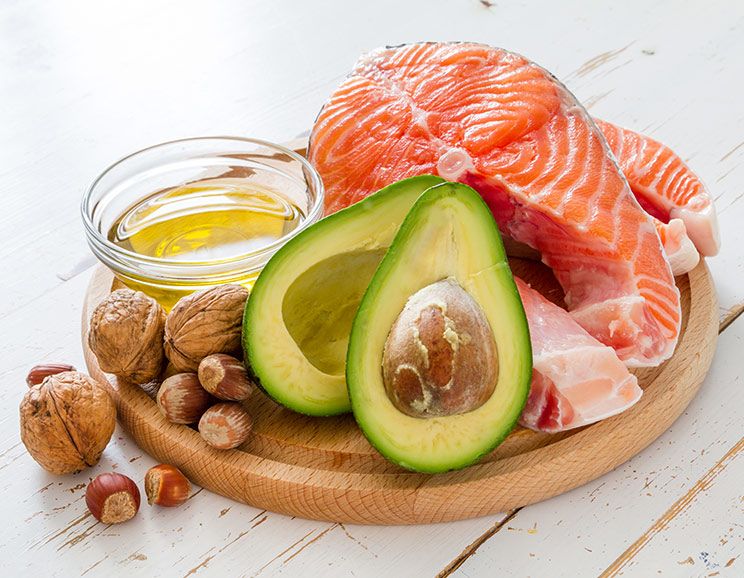
Show Comments